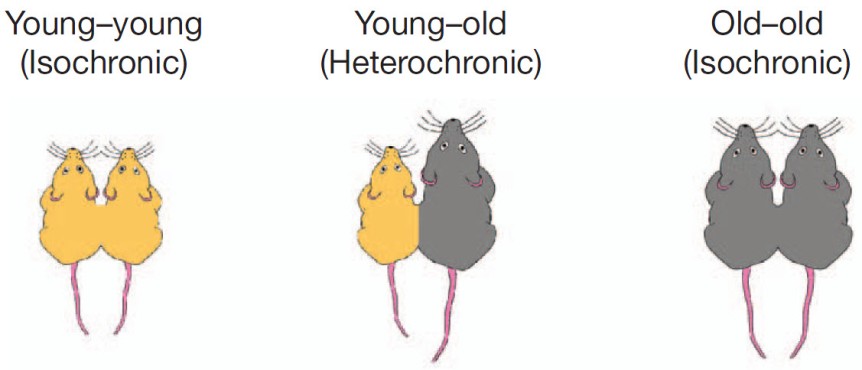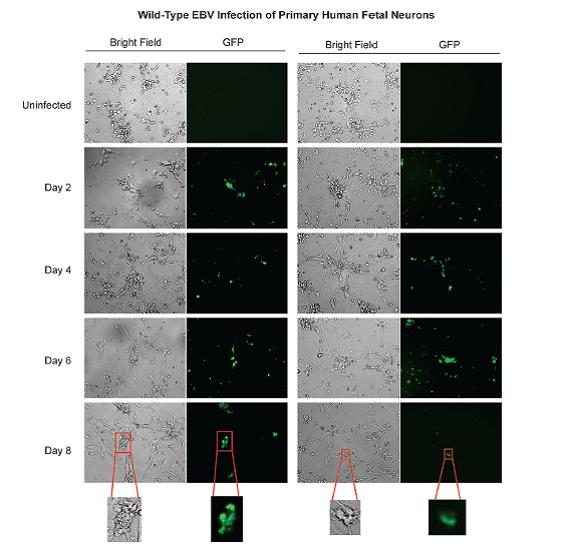Alzheimer’s Disease (AD) is the most common type of dementia with a progression that can span decades. Its prevalence is increasing steadily, particularly in the western countries and Australia. So some researchers speculated that this particular disease might be specific to humans. For various reasons, either genetic, social, or environmental.
A fresh e-pub brings new evidence that Alzheimer’s might plague other primates as well. Edler et al. (2017) studied the brains of 20 old chimpanzees (Pan troglodytes) for a whole slew of Alzheimer’s pathology markers. More specifically, they looked for these markers in brain regions commonly affected by AD, like the prefrontal cortex, the midtemporal gyrus, and the hippocampus.
Alzheimer’s markers, like Tau and Aβ lesions, were present in the chimpanzees in an age-dependent manner. In other words, the older the chimp, the more severe the pathology.
Interestingly, all 20 animals displayed some form of Alzheimer’s pathology. This finding points to another speculation in the field which is: dementia is just part of normal aging. Meaning we would all get it, eventually, if we would live long enough; some people age younger and some age older, as it were. This hypothesis, however, is not favored by most researchers not the least because is currently unfalsifiable. The longest living humans do not show signs of dementia so how long is long enough, exactly? But, as the authors suggest, “Aβ deposition may be part of the normal aging process in chimpanzees” (p. 24).
Unfortunately, “the chimpanzees in this study did not participate in formal behavioral or cognitive testing” (p. 6). So we cannot say if the animals had AD. They had the pathological markers, yes, but we don’t know if they exhibited the disease as is not uncommon to find these markers in humans who did not display any behavioral or cognitive symptoms (Driscoll et al., 2006). In other words, one might have tau deposits but no dementia symptoms. Hence the title of my post: “Old chimpanzees get Alzheimer’s pathology” and not “Old chimpanzees get Alzheimer’s Disease”
Good paper, good methods and stats. And very useful because “chimpanzees share 100% sequence homology and all six tau isoforms with humans” (p. 4), meaning we have now a closer to us model of the disease so we can study it more, even if primate research has taken significant blows these days due to some highly vocal but thoroughly misguided groups. Anyway, the more we know about AD the closer we are of getting rid of it, hopefully. And, soon enough, the aforementioned misguided groups shall have to face old age too with all its indignities and my guess is that in a couple of decades or so there will be fresh money poured into aging diseases research, primates be damned.

REFERENCE: Edler MK, Sherwood CC, Meindl RS, Hopkins WD, Ely JJ, Erwin JM, Mufson EJ, Hof PR, & Raghanti MA. (EPUB July 31, 2017). Aged chimpanzees exhibit pathologic hallmarks of Alzheimer’s disease. Neurobiology of Aging, PII: S0197-4580(17)30239-7, DOI: http://dx.doi.org/10.1016/j.neurobiolaging.2017.07.006. ABSTRACT | Kent State University press release
By Neuronicus, 23 August 2017






